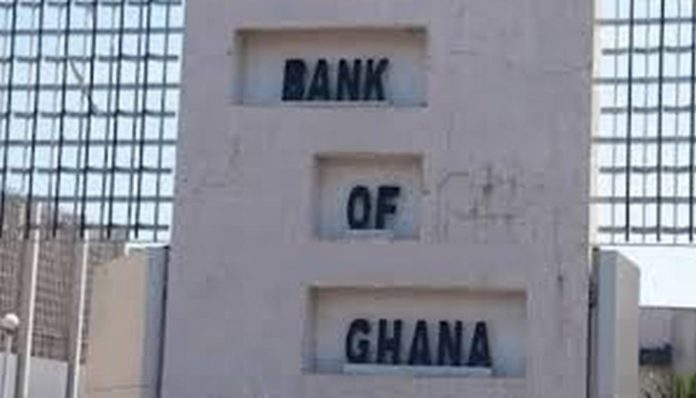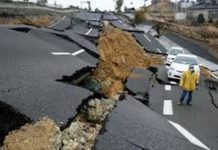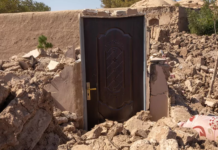
The Ghana Geological Survey Authority (GSSA) has backed the Bank of Ghana’s plans to build a new headquarters at a completely new site due to the threat of earthquakes at its current location.
The authority claims that the current area occupied by the central bank is earthquake-prone and that the most recent earthquake in the country occurred near the Bank of Ghana enclave.
In an interview with the Ghana Broadcasting Corporation (GBC), Isaac Mwinbelle, Acting Director-General of the Geological Survey Authority (GSSA), justified the relocation of the Bank of Ghana facility.
“The latest one [earthquake], which was the 10th of March this year, if you look at the epicentre, it was close to Jamestown, meaning that it’s moving towards the current location of the Bank of Ghana.”
“There are fault zones in these areas, but they have not produced any substantial earth tremor, but it doesn’t mean that there cannot be an earth tremor along those fault lines. For that matter, if the Bank of Ghana is being proactive by doing an assessment to find out whether the current location is suitable for a Central Bank or not, I think it is a plus for them because they must ensure the safety of the bank, the safety of the staff, as well as the safety of whatever is contained in there”, he said.
The Bank of Ghana has defended the construction of a new headquarters by claiming that its current headquarters, which was built in the 1960s, is no longer fit for purpose.
This came after accusations by the opposition National Democratic Congress (NDC) that the BoG intends to build a new headquarters at an alleged cost of $250 million.
In an attempt to clear the air, the central bank claimed that a structural integrity assessment of the existing office indicated that the building did not meet the full complement of excess strength required for a building to be considered safe for use.
The BoG added that in the event of a worst-case scenario involving gravity and wind loading, such as unusually strong winds, the building could be significantly affected.
This explanation by the BoG has been welcomed by the GSSA boss, who believes that the new site designated for the new Bank of Ghana office is a good choice.
“So, if you look at the earthquake that have occurred, they have always occurred off the coastline that is into the sea and by approximation, Ridge is much further away from the coastline which is from the offshore than the current location, which is the High Street area. So, in terms of lateral displacement, the current location, Ridge location might be much safer when it comes to earth tremors, because the closer the structure to the epicentre, the more the devastating that it will cause as compared to when it’s further away from the epicentre, we may likely experience much lower devastation on the structure.”
He added that the new location is much safer and that quick action is needed to avert any potential devastation.
“So now that is why before you even construct a building, if you look at the GGSA Act, it mandates us to conduct site or ground investigation to determine whether this area that you are going to construct your structure on has these active fault lines or have fault lines which can affect the structural integrity of the building, and for that matter, for the old structure that was there.
“I am unable to tell whether such ground investigation or site investigation was properly conducted prior to the construction of that particular building, but for the new site, because of the recent things, all these have been factored in by the risk department of the Bank, and I’m sure if constructed, it might serve as a better purpose, and it will be constructed with reinforcement which should be able to withstand any as tremors or earthquakes that may occur because they would have factored in the ground acceleration and therefore, it should be much more safer.”






